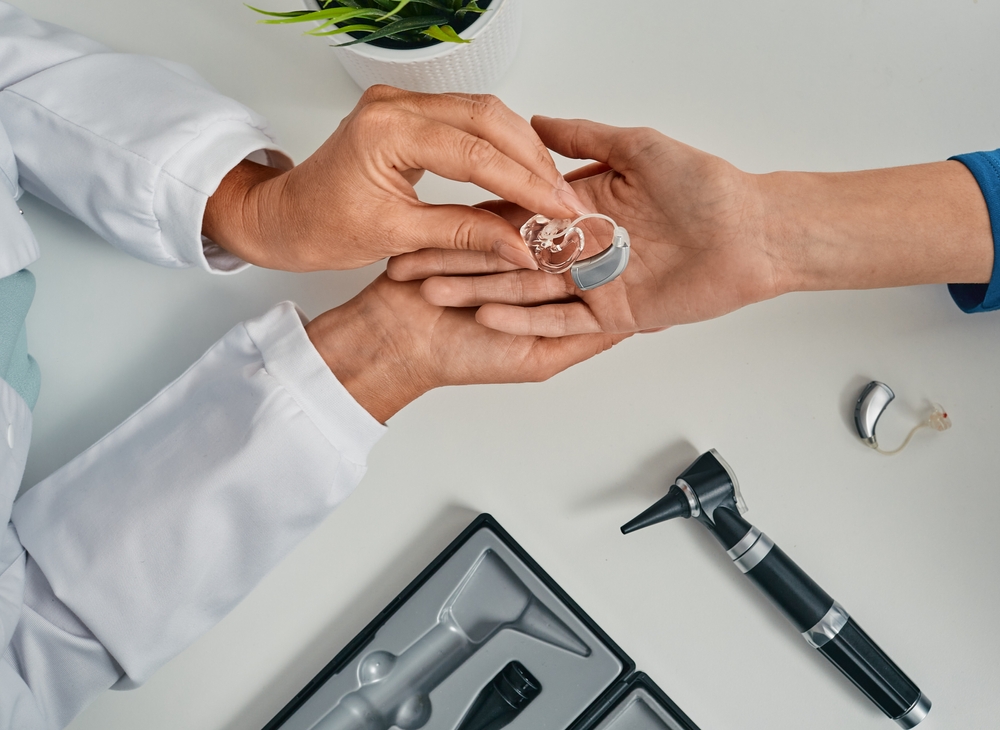
Hearing aids perform a vital role in enhancing sound clarity and enhancing daily communication. For optimal performance, it’s essential to schedule periodic maintenance and routine professional cleaning sessions. As an outcome of extended use, a buildup of earwax, moisture, and other particles can occur, causing performance to decline. Knowing when it is time to schedule professional maintenance can help prolong the longevity of your hearing aids and ensure they continue to work at their best.
Why it’s valuable to have your hearing aids professionally cleaned
Despite regular upkeep at home, hearing aids can slowly accumulate debris that could affect how well they work and the quality of sound they generate. Routine servicing provides numerous advantages:
- Deep Cleaning– Eliminates earwax, dust, and moisture that day-to-day cleaning tools might not effectively eliminate.
- Improved efficiency – Gets rid of barriers that may cause muted audio or distortion.
- Prolonged Lifespan– Prevents premature wear and tear, reducing the need for repair work or replacements.
Routine skilled cleanings keep your hearing aids functioning efficiently, decreasing the risk of unforeseen malfunctions.
Signals that your hearing aids require professional upkeep
Not certain if your device is due for a deep clean by a pro? Look out for these telltale indicators that it’s time to contact the experts:
- Unclear or Garbled Audio: If voices and background noises seem feeble, muted, or altered, the issue may be caused by obstructions, including earwax or debris, impeding the device’s microphone or speaker.
- Relentless Whistling or Feedback: A high-pitched whistling sound (feedback) can signify wax buildup or a poor fit. A professional cleaning can help eliminate blockages and fine-tune the fit.
- Addressing Volume Problems: When volume changes fail to produce the anticipated outcome, it may be necessary to perform maintenance on internal components or recalibrate the system’s software configurations.
- High humidity can impact the device’s internal components, resulting in random audio interruptions or unreliable button control. A professional repair professional can assess and resolve any moisture-related concerns.
- If you observe an obvious increase of wax or dirt on your hearing aids, it is recommended to have them professionally cleaned for a more extensive removal compared to cleaning them at home.
- Use precision tools to eliminate wax, dirt, and moisture without harming fragile parts.
- Examine and repair components to verify all elements are working correctly.
- Check software and hardware for any performance problems impacting sound quality.
- Replace deteriorated filters or tubing that might be limiting device performance.
- Every 3 to 6 months for routine maintenance.
- More frequent cleanings are recommended for people prone to excessive earwax accumulation or those living in humid environments.
- Managing small problems promptly can help avoid expensive repairs down the road.
What to expect in the course of a professional hearing aid cleaning
A professional cleaning visit goes beyond routine upkeep and ensures your devices operate optimally. Here a number of things your hearing specialist will accomplish during a cleaning:
What is the suggested time frame for setting up professional maintenance?
The regularity of professional cleanings relies on factors including earwax production, moisture levels, and usage practices. Basic suggestions include:
Take care of your hearing aids for ideal performance
Regular professional maintenance is crucial for maintaining your hearing aids and ensuring clear, high-quality sound.
If you’re noticing muffled audio, feedback, or functionality issues, it might be time to set up a professional cleaning.
Schedule your hearing aid cleaning and maintenance now.